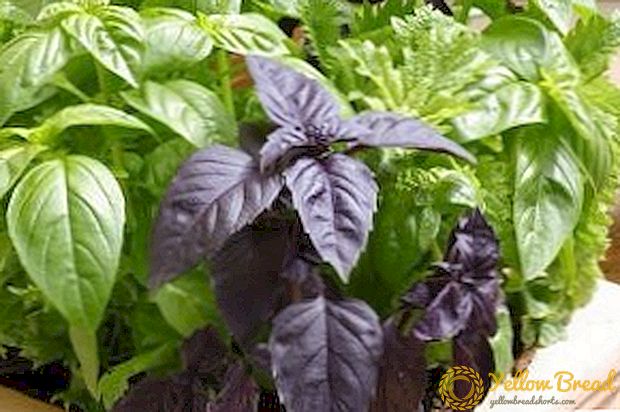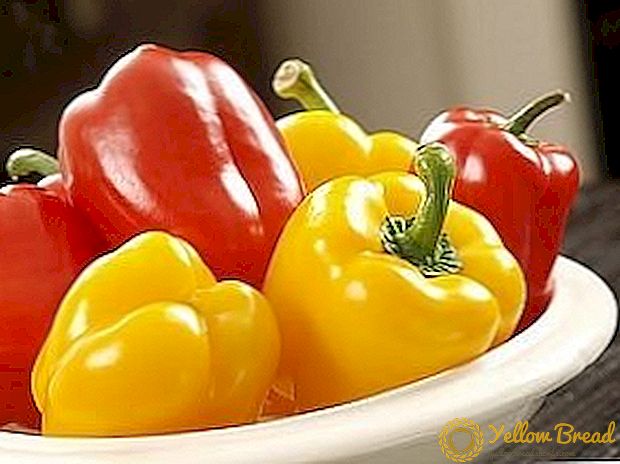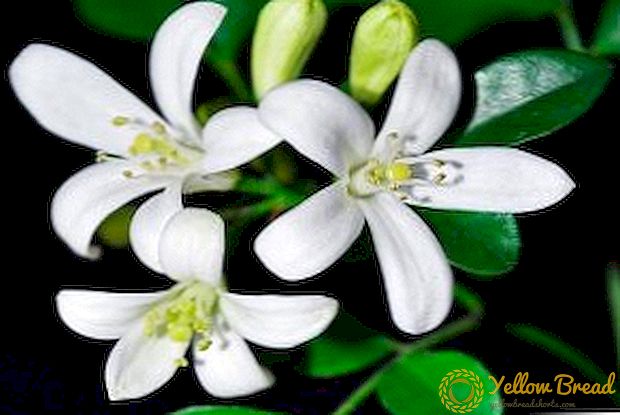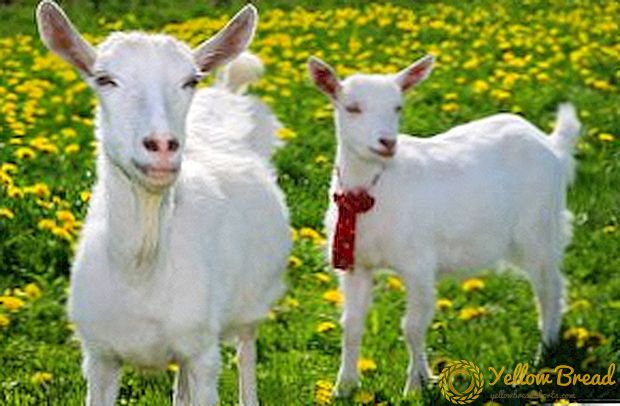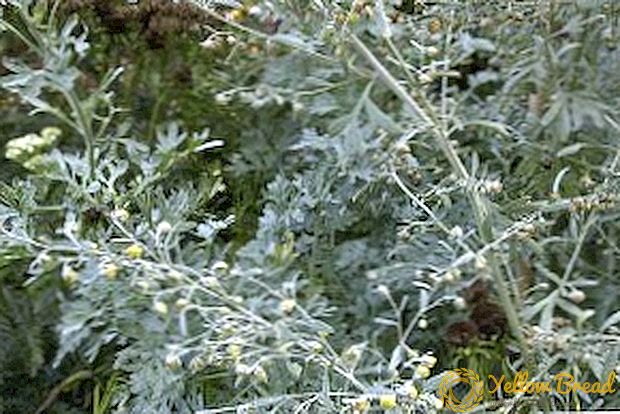 If you are growing grapes, you probably noticed that suddenly dark spots appeared on the leaves and shoots. The appearance of dark spots on all its parts speaks of the disease.
If you are growing grapes, you probably noticed that suddenly dark spots appeared on the leaves and shoots. The appearance of dark spots on all its parts speaks of the disease.
In this article we will tell in detail about grape anthracnose, there will be a photo of diseased leaves and recommendations on how to treat the grapes.
- Description and features
- Causative agent and causes
- Vulnerable and resistant varieties
- How to fight and how to treat
- Preparations (fungicides)
- What about folk remedies?
- Preventive measures
Description and features
With the defeat of grape leaves, they appear spots of various forms of brown or brown (their size can reach 5 mm), often with a white rim. Over time, the leaf in the center of the spot dries out and crumbles. The anthracnose of grape leaves makes them kind of "holed." If the leaf veins are affected, then it dies.  With the defeat of the shoots, dark spots appear on their surface, which turn into deep ulcers, often reaching to the very core of the shoot. At the same time, shoots become fragile and slowly die off. Outwardly, they become like burned.
With the defeat of the shoots, dark spots appear on their surface, which turn into deep ulcers, often reaching to the very core of the shoot. At the same time, shoots become fragile and slowly die off. Outwardly, they become like burned. Berries, affected by anthracnose, are also covered with dark spots, their surface is deformed, the skin breaks and crumbles. On ripening berries, of course, is not.
Berries, affected by anthracnose, are also covered with dark spots, their surface is deformed, the skin breaks and crumbles. On ripening berries, of course, is not.  If anthracnose has gone to the inflorescences, then they die off. Most often, anthracnose attacks young shoots.
If anthracnose has gone to the inflorescences, then they die off. Most often, anthracnose attacks young shoots.
Causative agent and causes
Anthracnose disease is caused by fungi of the species Gloeoporium, Colletotrichum, Kabatiella. Ideal conditions for the reproduction of this fungus gives a humid and hot climate. The activity of the fungus increases after the spring rains. The incubation period in the wet and warm (temperature 20-30 ° C) season lasts no more than 3 days.
Winter cold for spores of the fungus is not a hindrance - pathogenic organisms spend this period in the affected areas of the grapes. In the drought, the spores are grouped into lumps and, as soon as it rains, they continue to parasitize. On other plants are transferred with raindrops.
In the drought, the spores are grouped into lumps and, as soon as it rains, they continue to parasitize. On other plants are transferred with raindrops.
Vulnerable and resistant varieties
The minimum resistance to anthracnose is found in these varieties:
- Isabel;
- Husayne;
- Karaburnu;
- Lydia




- Riesling;
- Sauvignon;
- Codrean;
- Tsolikouri;
- Saperavi;
- Tangra;
- Yasya







How to fight and how to treat
Despite the cunning of this disease, anthracnose is treated. After detecting signs of this disease, it is necessary to immediately cut the affected areas of the plant, after pruning, proceed to treatment with systemic fungicides.
Preparations (fungicides)
There are such drugs that help get rid of grape anthracnose:
- "Bordeaux mixture";
- "Fast";
- "Fitosporin M";
- "Antracol";
- "Acrobat MC";
- "Trichodermin";
- "Kuproskat".
 The next treatment should be in two weeks, the solution should be of low concentration. It is also advisable to carry out additional spraying after rain and hail.
The next treatment should be in two weeks, the solution should be of low concentration. It is also advisable to carry out additional spraying after rain and hail.- "DNOC";
- "Nitrofen".
Spraying such drugs can be carried out in late autumn, after pruning the vines. The number of treatments depends on the degree of infestation of the plantation. 
What about folk remedies?
Unfortunately, if anthracnose struck your grapes, then the national control measures here are powerless.
Preventive measures
As you already understood, the treatment of grape diseases, in particular, anthracnose is a long and troublesome process. It is easier to take preventive measures in time and enjoy tasty and juicy berries at the end of the summer. For the prevention of fungal diseases is important:
- carry out competent care for the plantation (timely watering, prevent excessive moisture, basal mulching, ensure the penetration of air flow and sunlight into the farthest areas of the vineyard, cleaning the soil from weeds and fallen leaves);
- regular disinfection of garden tools after pruning damaged areas of plants;
- growing varieties that show resistance to this type of disease;
- spraying (at least 3 per season) begin immediately after the appearance of the leaves.

